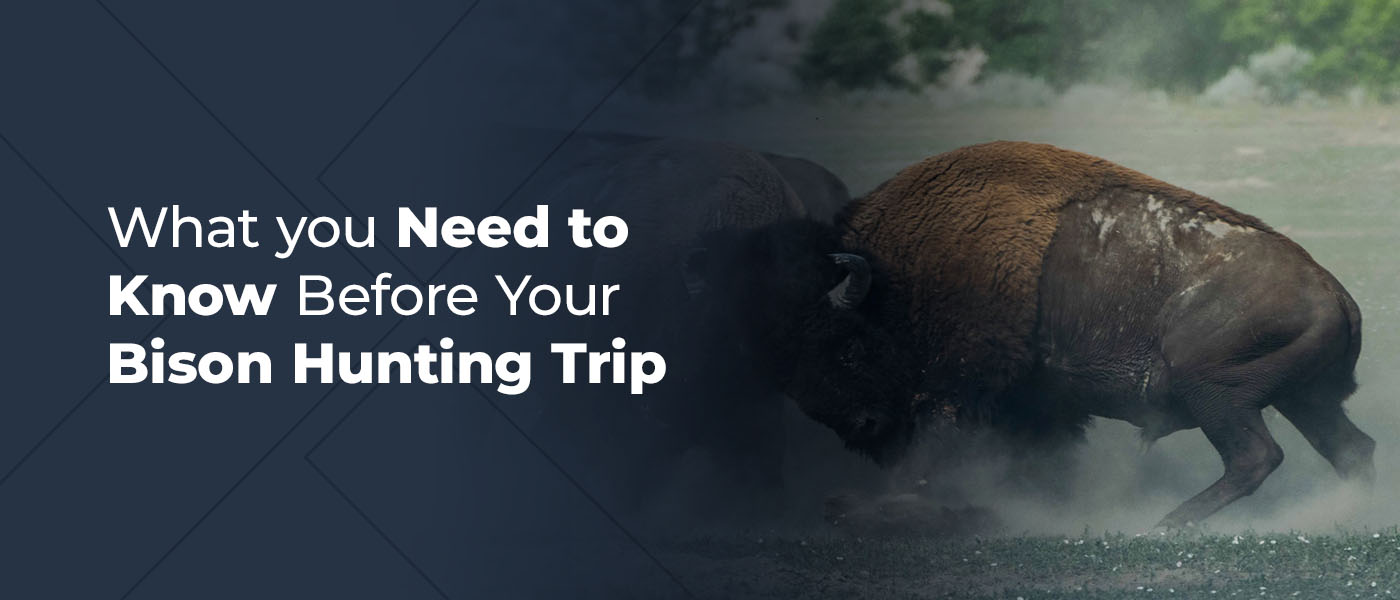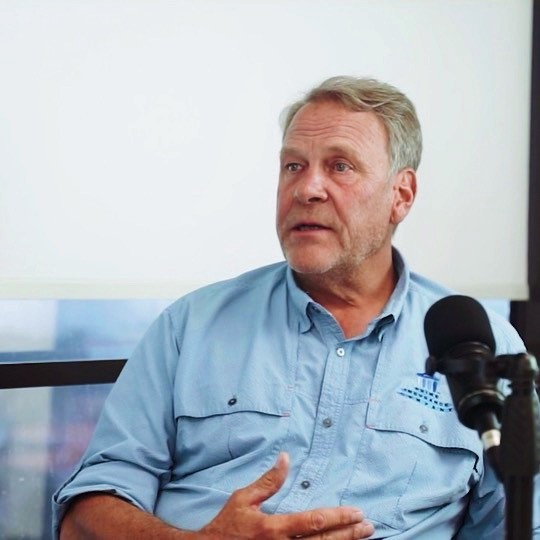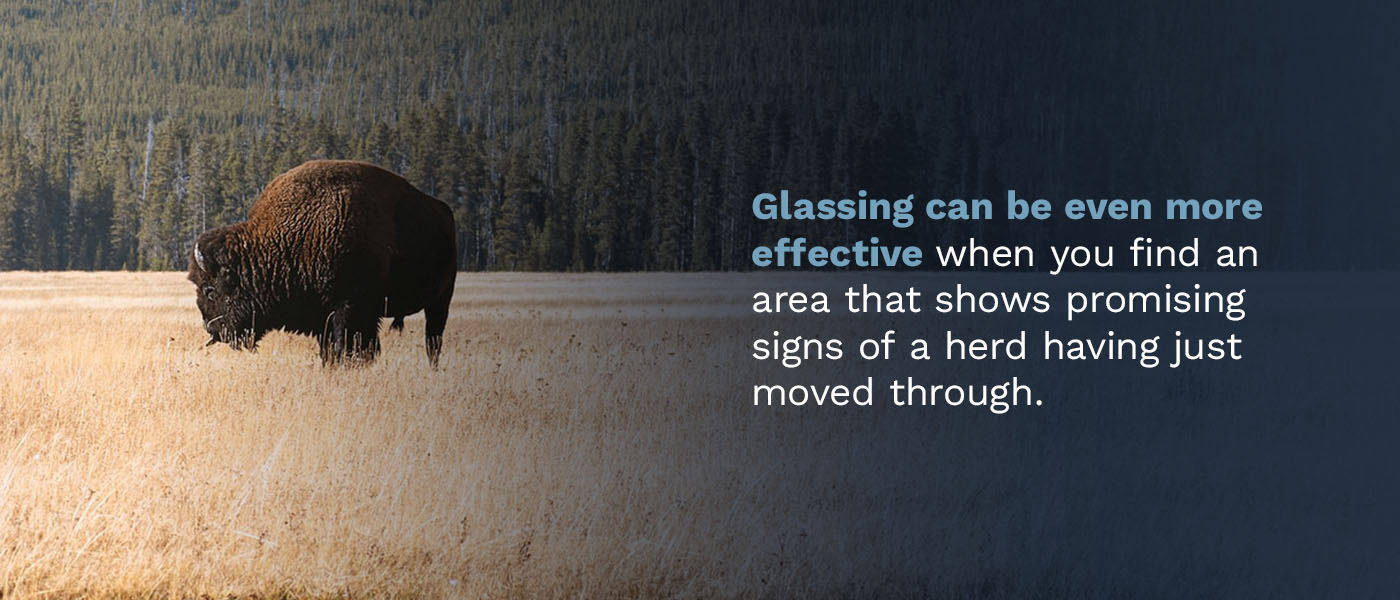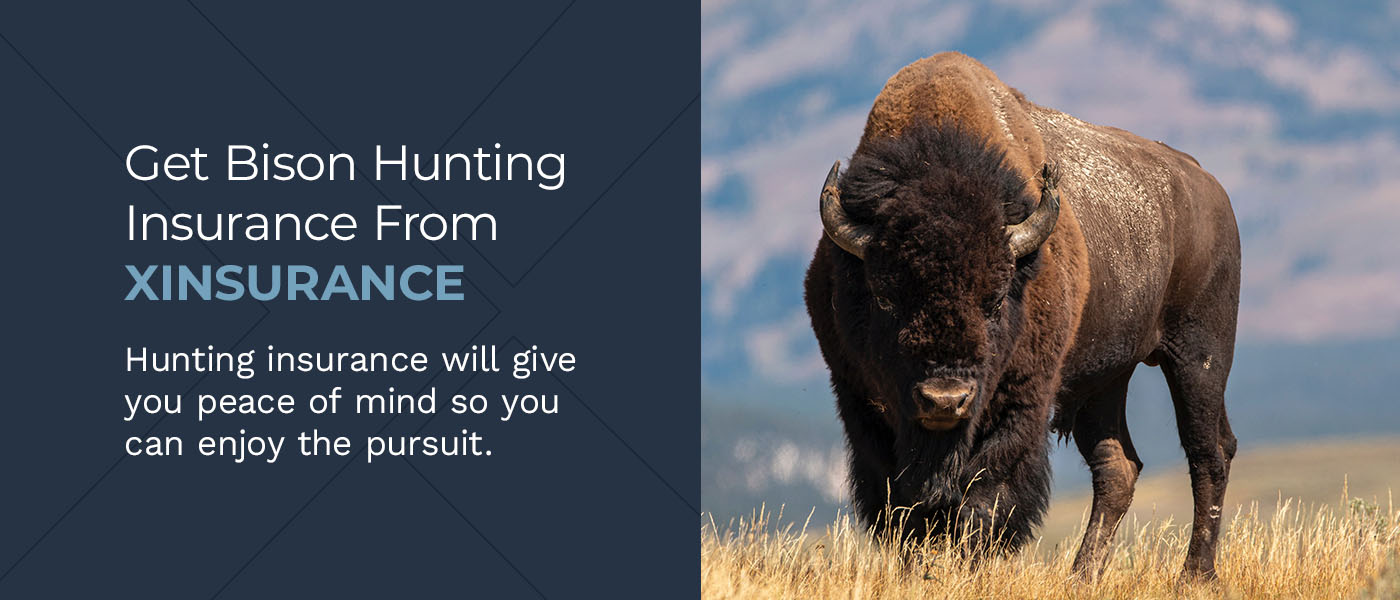
What You Need to Know Before Your Bison Hunting Trip
Around the end of the Civil War, it’s estimated that there were around 15 million bison living on the Great Plains. A few decades later, the population was down to less than 1,000 bison. Thanks to proper conservation efforts, the bison population is up to 500,000 today and still growing — opening up the opportunity for hunting.
Hunters can pay for a private bison hunt on a ranch or enter a lottery for bison tags to hunt on public land. Bison tags are limited, and many hunters long for the opportunity to win the tag lottery.
Bison Hunting Tips
Bison are amazing animals. If you’re lucky enough to be able to hunt them, it’s best to be prepared so you can make the most of your trip. Consider these tips before you head out.
1. Be Physically Prepared
Hunting large game requires a certain level of physical strength. Free-range bison can travel over 20 miles in just a few days, meaning they can quickly get out of your range if you’re unprepared to cover a lot of ground. If you’re hunting free-ranging bison, you’ll likely need to spend several days in the wilderness, stalking a herd. These hunts can be mentally and physically tough, so you’ll need to be prepared.
2. Know Your Prey’s Habits
When hunting any animal, understanding its habits is key. Bison roam open grasslands where they feed on forbs, grasses and sedges. They also tend to hide in thick brush, bushes and tree cover. These areas are where hunters often find trails and rubs, which are good signs that bison have been nearby. Bison also tend to leave behind a distinct smell, which is a good sign that a herd was recently in the area.
3. Find a Prime Glassing Area
While bison are fairly easy to spot in open grasslands, the fact that they’re capable of traveling such far distances makes locating a free-ranging herd a challenge. Guided hunting expeditions typically keep herds of bison contained to a certain area, and they usually guarantee hunters get a shot. Regardless of the location, it’s best to find an elevated area that gives you an effective vantage point for glassing. Using binoculars to scan large areas can help you determine where a herd might be.
Glassing can be even more effective when you find an area that shows promising signs of a herd having just moved through.
4. Use a Weapon With the Proper Caliber
Because bison are so large, there are caliber requirements for hunting weapons to reduce the chances of merely injuring the animal instead of killing it. While some private hunts will allow hunters to use a range of rifles or bows, it’s best to use a rifle or muzzleloader that meets the requirements of the jurisdiction you’re hunting in. For example, the Alberta providence in Canada requires a 30-caliber and 180-grain rifle at the minimum or a muzzle-loader with a 50-caliber and 90-grain minimum.
5. Know Good Shot Placement
Knowing good shot placement can make the difference between injuring an animal and making a successful kill. When you’re hunting bison, the place to aim your shot is at its upper shoulder or slightly behind and above the elbow. These shots will be fatal because the bullet is more likely to hit the lungs or heart.
Avoid aiming your shot at the head or neck of a bison. These shots typically won’t be fatal because bison skulls are very thick and their necks are short.
6. Decide on a Butchering and Skinning Process
After a successful shot, you’ll need to begin skinning and butchering the bison to get it home. Some guided hunts may take care of this process for you. If you’re hunting free-range bison, you’ll need to have a plan. Adult bulls can weigh over 2,000 pounds, so if you’re hunting alone or in a very small group, you may not be able to move the carcass into a proper position for a typical skinning and butchering process.
With an animal of this size, it’s often most effective to start skinning and butchering whatever side is facing upward when it drops. Once you begin removing meat, you can attempt to roll the carcass to get to the other parts.
7. Keep as Much of the Bison as Possible
Almost every part of a bison has a use, so aim to keep as much of it as possible. In addition to bison meat, some organs are edible. Skulls and horns make great wall ornaments, and you can tan the hide to serve as a rug or blanket. Do your research ahead of time so you know what’s worth keeping and what you may be able to use.
8. Hunt With a Group
Hunting with a group of people can be beneficial for a number of reasons. You can share the hefty load with each other to get all of the bison back to camp and into cars. Carrying hundreds or thousands of pounds alone can take several days. Having others around can also keep your spirits up on tough days — and it’s always a good idea to have a group to help if something goes wrong.
9. Be Safe Around Large Game Animals
Bison hunting safety should be a top priority. Be sure to carry a first-aid kit and notify friends and family where you’ll be and when you’ll be home.
Keep in mind that large, wild animals can be easily spooked. If you’re too close to a herd when they take off, the trampling bison could easily injury you or others in your group. Get close enough for a good shot, but be careful to keep a safe distance.
10. Get Bison Hunting Insurance Before Your Trip
There are many risks associated with hunting large game animals like bison. Thousands of hunting-related accidents happen each year. Hunting insurance ensures that you’re legally protected if an accident occurs on your trip. For example, if you fire bullets and they damage someone’s house or property, hunting insurance can help protect you from the extensive costs of a lawsuit.
Get Bison Hunting Insurance From XINSURANCE
Accidents can happen to even the most experienced hunters. You can never be too prepared for a bison hunting trip, and hunting insurance will give you peace of mind so you can enjoy the pursuit.
At XINSURANCE, we can offer you a customized solution based on factors like your experience level to get you the coverage that will best fit your needs. Contact us before your trip to make sure you’re covered.

Rick J. Lindsey hails from Salt Lake City, Utah. He began working in the mailroom of his father’s Salt Lake City insurance firm, getting his introduction to the business that became his lifelong career. Rick J. Lindsey quickly rose through the ranks while working in nearly every imaginable insurance industry job. As an entrepreneur, specialty lines underwriter, claims specialist, risk manager, and a licensed surplus lines broker, Rick J. Lindsey is highly skilled in all levels of leadership and execution. As he progressed on his career path, Rick J. Lindsey discovered an urgent need for insurers willing to write policies for high-risk individuals and businesses. He was frequently frustrated that he could not provide the liability protection these entities desperately needed to safeguard their assets. He also formed the belief that insurance companies acted too quickly to settle frivolous claims. Rick J. Lindsey decided to try a different approach. He started an insurance company and became the newly formed entity’s CEO. This opportunity has enabled Rick J. Lindsey to fill a void in the market and provide a valuable service to businesses, individuals, and insurance agents who write high-risk business. XINSURANCE also specializes in helping individuals and businesses who live a lifestyle or participate in activities that make them difficult for traditional carriers to insure. If you’ve been denied, non-renewed, or canceled coverage, don’t give up quite yet. Chances are XINSURANCE can help.



